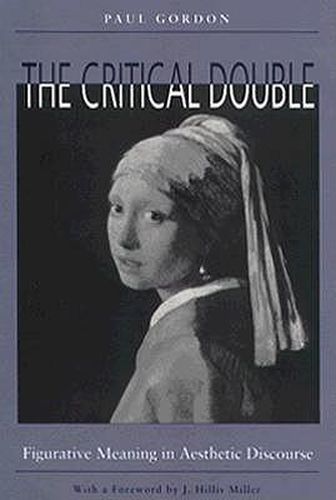Readings Newsletter
Become a Readings Member to make your shopping experience even easier.
Sign in or sign up for free!
You’re not far away from qualifying for FREE standard shipping within Australia
You’ve qualified for FREE standard shipping within Australia
The cart is loading…






Over 25 centuries ago, the Greek philosopher and sophist Protagoras equated his famous notion of man ids the measure of all things with another that declared on every question there are two opposing answers, including this one. The purpose of The Critical Double is to demonstrate that this second Protagorean notion constitutes one of the fundamental principles of aesthetic and rhetorical theory. This work formulates, for the firs time, a succinct model for the deconstructive analysis of aesthetic discourse. While the stated purpose of this work is to redefine a critical methodology, its originality lies in its emphasis on the notion of duality, or doubling, as the essential way to distinguish aesthetic from other forms of discourse. The first two chapters, on metaphor and rhetoric respectively, establish a solid basis for this model, for theories of metaphor and rhetoric have almost always been clearly marked by their emphasis on duality. The remaining six chapters all develop this model in their respective contexts.
$9.00 standard shipping within Australia
FREE standard shipping within Australia for orders over $100.00
Express & International shipping calculated at checkout
Over 25 centuries ago, the Greek philosopher and sophist Protagoras equated his famous notion of man ids the measure of all things with another that declared on every question there are two opposing answers, including this one. The purpose of The Critical Double is to demonstrate that this second Protagorean notion constitutes one of the fundamental principles of aesthetic and rhetorical theory. This work formulates, for the firs time, a succinct model for the deconstructive analysis of aesthetic discourse. While the stated purpose of this work is to redefine a critical methodology, its originality lies in its emphasis on the notion of duality, or doubling, as the essential way to distinguish aesthetic from other forms of discourse. The first two chapters, on metaphor and rhetoric respectively, establish a solid basis for this model, for theories of metaphor and rhetoric have almost always been clearly marked by their emphasis on duality. The remaining six chapters all develop this model in their respective contexts.